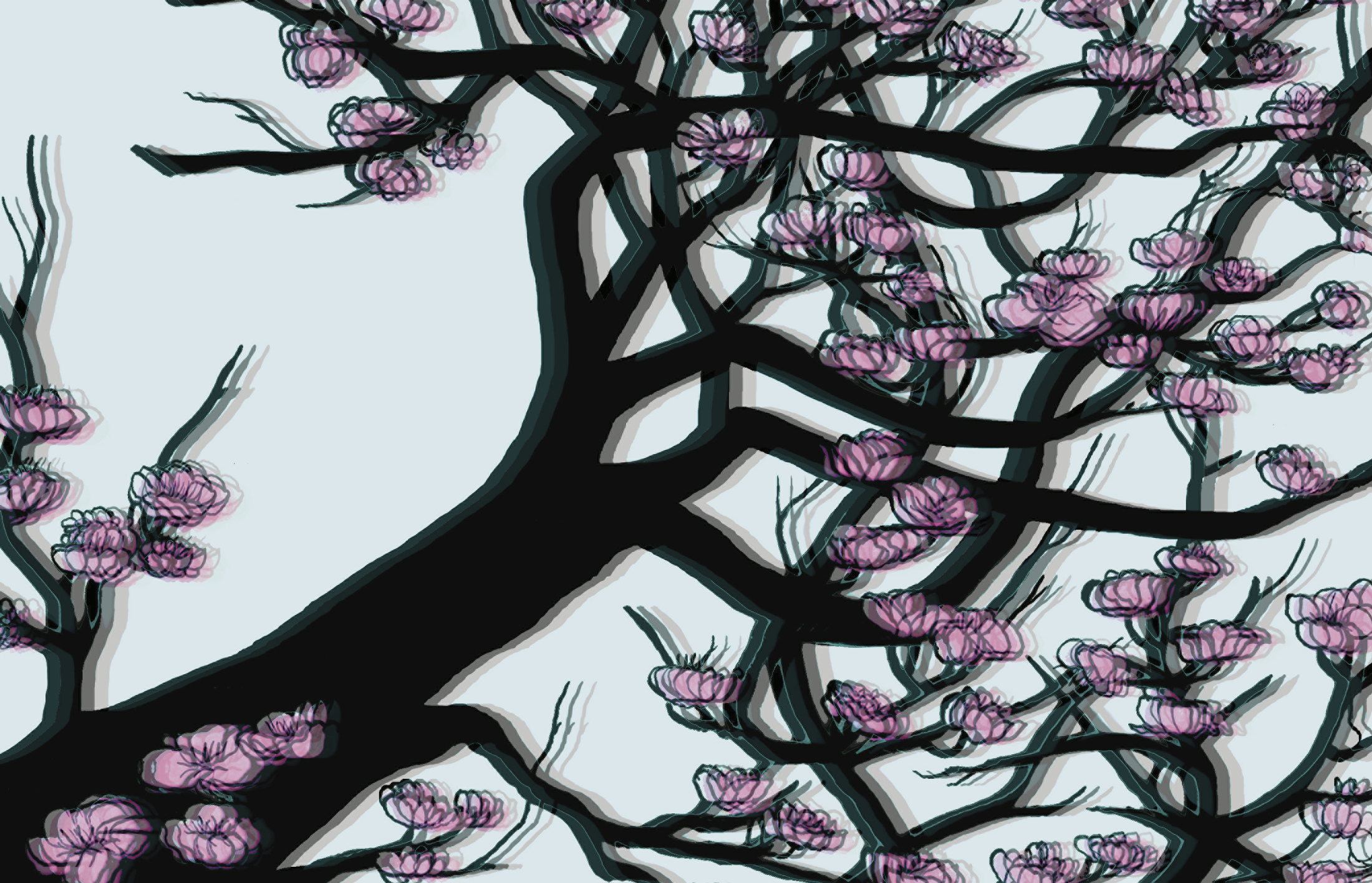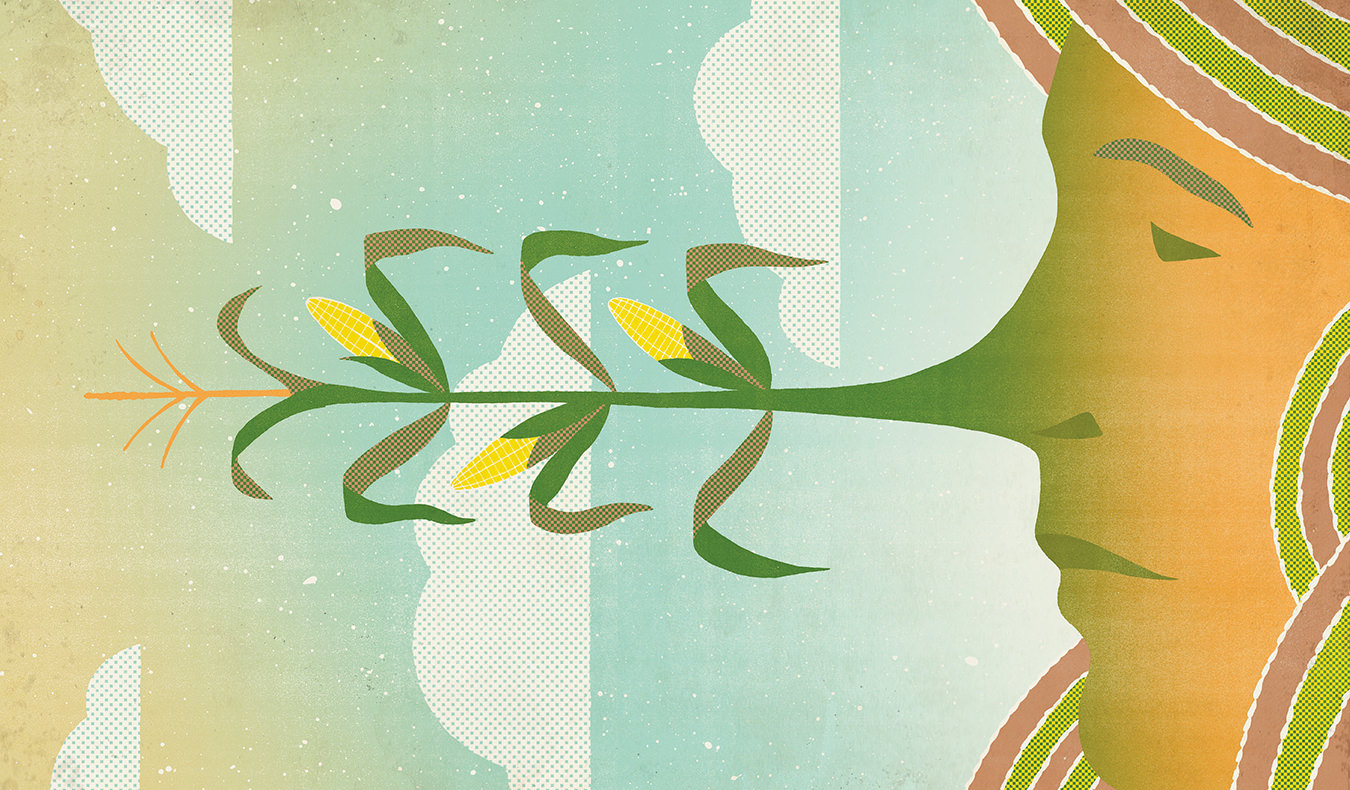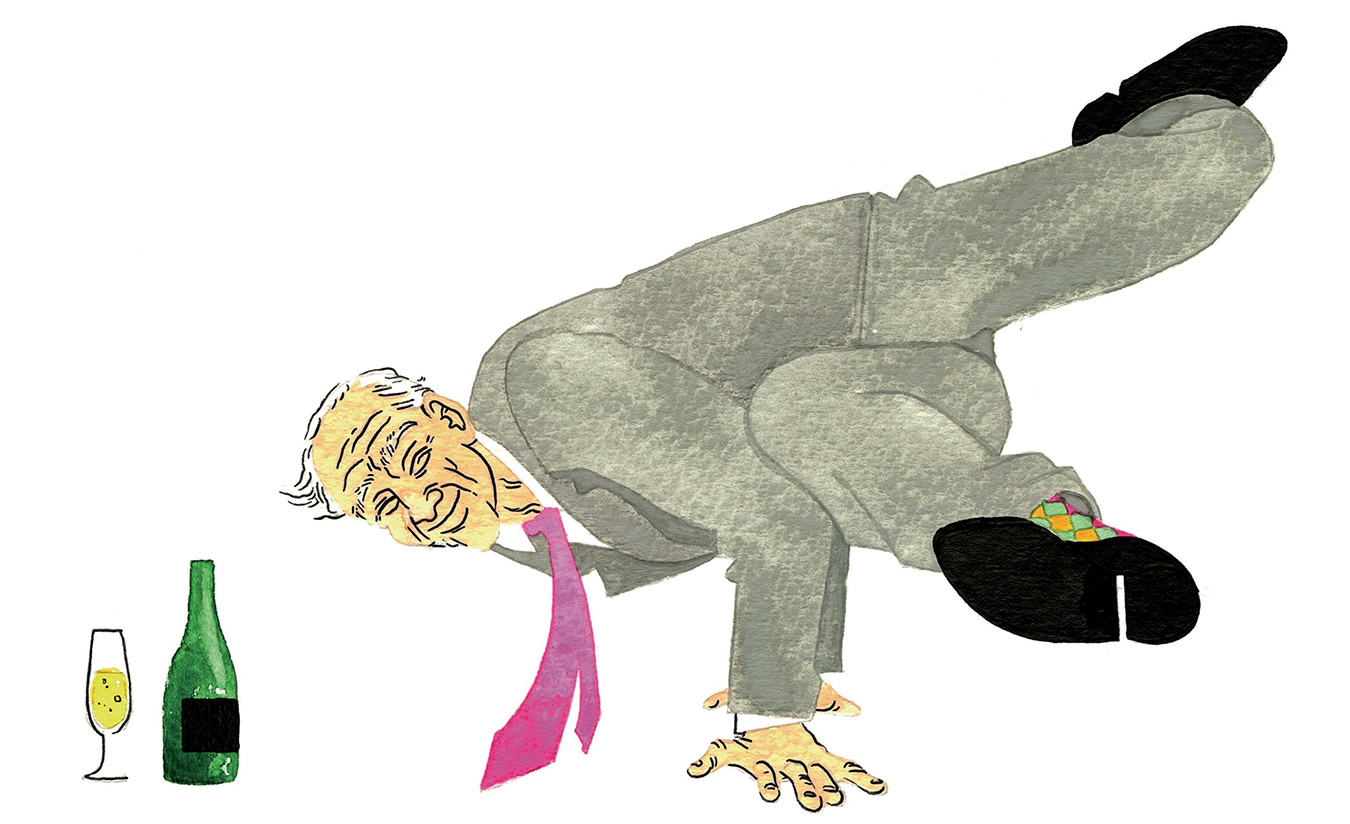Soused In The Springtime
Celebrating the Japanese cherry blossom.

Cherry trees blooming during the Japanese springtime herald a unique event. Drawn by the beauty of the pink blossoms, called sakura, young Japanese people gather together in parks and gardens, spreading blankets and unpacking picnic lunches beneath the flowering trees. Then they get fall-down drunk. It’s an annual tradition.
I once had the rare privilege of being invited to a hanami—a Japanese cherry-blossom party. Some of what I saw was very pretty.
It is my second trip to Japan, and I have been taken in hand by my friend Tomoko. She is a young woman I knew when she was a student in Vancouver. But I didn’t know her very well, and thus am somewhat surprised by the enthusiasm of her hospitality. All week she has been my guide, evidently seeing it as her responsibility to represent Japan properly. Today’s cherry-blossom party will be the pièce de résistance.
We leave the centre of Tokyo and drive out to a district called Denenchofu. According to Tomoko, it is the Japanese Beverly Hills. Perhaps that means the place is filled with rehab clinics. At any rate, today it will doubtlessly be the scene of much drinking.
We will be meeting up with many more nature enthusiasts. Like so many Japanese events, a hanami is a group activity. It’s a very social nation. Even when Tomoko took me to a Tokyo nightclub, most of the dancing involved groups rather than couples. Certainly Tomoko demonstrated no particular interest in claiming me as an exclusive partner.
Tomoko is a bit of a puzzle. I had assumed that her sudden blossoming interest in me might perhaps signal a ripening fondness that stemmed from our brief acquaintance in Vancouver. She certainly took command of my Tokyo schedule, a fact I initially attributed to infatuation. Who could blame the poor lass? But by the time we begin our trek down the freeway, my thinking has changed. Our activities this week have been untainted by even a hint of amour. And Tomoko doesn’t seem particularly interested in the boyfriend thing. “I’m too busy!” she says. Instead, it appears that I am a rather nifty accessory—a tall white Canadian with cool glasses. There’s a real cachet to Western guys here. I may be the equivalent of a cute scarf.
After a long journey through Japanese weekend traffic, we arrive at a place called Tamagawa-en, near Denenchofu. There is a landscaped park by a river, with walking paths and plenty of those hanami necessities, the blossoming sakura trees. Technically, at least, they are necessary. Cherry trees are the guests of honour at a cherry-blossom party—and one of the first things you notice is how little attention is paid to the guests of honour.
Drawn by the beauty of the pink blossoms, called sakura, young Japanese people gather together in parks and gardens, spreading blankets and unpacking picnic lunches beneath the flowering trees. Then they get fall-down drunk. It’s an annual tradition.
A hanami is about cherry blossoms in the way that New Year’s Eve is about the arrival of another year. The trees begin to bloom in late March or early April, and a hanami is indeed a New Year’s celebration of a sort. April is the time when students begin the new school year. It is also the time when university graduates typically start new jobs. In fact, a new employee’s first task sometimes involves sitting on a blanket in a park all day, reserving the spot for the office hanami that begins after work.
The blossoms do make a lovely backdrop, and the outdoor setting is definitely an essential part of the charm. But hanami gatherings are basically liquor-intensive picnics. Everybody brings food and drink, and sets to the business at hand.
I am an outsider to all this, and it is not simply due to the fact that I am a Canadian with only a few words of Japanese, or that I am participating in a cultural tradition foreign to me. I do not drink. This will become an issue before the afternoon is through.
Our companions are waiting in the middle of the park, in a large clay lot already jammed with groups setting up. It’s not the most picturesque spot in the park, but it is flat. That’s important when it comes to laying out food and plates and cups and cans and bottles and, later, for remaining on your feet.
Our group consists of about a dozen hardy souls, friends of Tomoko. They include Ichi, a merchandiser of skater apparel who once lived in Hawaii, and a young guy with the phonetically impressive name of Masaya. I never see him walk on water, but eventually I will be convinced that Masaya could probably drink the Sea of Galilee.
The meal is a lesson in cultural cross-pollination as it affects snack food. There are Japanese treats like gyoza (little pork or vegetables dumplings), dried squid, and deep-fried chicken nuggets called karaage. There is kimchi, the Korean staple that has become an integral part of Japanese cuisine as well: cold, spicy cabbage served by itself or mixed into fried rice, noodles or stew. There are yam fries, salad rolls, sushi rolls, shrimp noodle salad, pistachios, honey-roasted peanuts, Japanese pickles and, I swear, corn dogs—miniature ones on wooden sticks.
There is also beer, but it is disappearing fast. For the most part, the gang is engaged in ordinary, if enthusiastic, social drinking. But not everybody. A few pioneers have started shotgunning—which, for me, is a moment of nostalgic cultural connection.
The blossoms do make a lovely backdrop, and the outdoor setting is definitely an essential part of the charm. But hanami gatherings are basically liquor-intensive picnics. Everybody brings food and drink, and sets to the business at hand.
Once upon a time, I myself drank irresponsibly. It’s been two decades since I put aside my childhood habit, and I’ve been hors de combat in the beer wars for so long I’m not sure whether shotgunning is still common practice among North American teenagers. We used to do it huddled together in frozen clumps of Manitoba bush, where we secreted our 15-year-old selves and our contraband suds. Speed is of the essence when your fingers are freezing, as is your beer; plus, we were young and stupid. Thus, shotgunning: punch a hole in the side of a beer can, suck the air out, tilt your head back and pull off the tab. The beer blasts through the hole and down your gullet like pressurized air escaping from a damaged aircraft fuselage. Our public-school science education at work.
So it’s a bit of nostalgia to see it again. They do it two at a time, sort of like a picnic substitute for the three-legged race or the egg-and-spoon sprint. Ichi and Masaya stand side by side with beers at the ready, cameras poised to record the event. At the count of three, the tabs are pulled. First the beer goes down and then, moments later, the drinkers, toppling out of camera frame. Just because the beer goes down doesn’t mean it stays there.
Masaya graduates to a bottle of rice wine. You can’t punch a hole in that, but no matter—he tilts it back and down it goes, the whole thing disappearing like a magician’s rabbit. He doesn’t even lose his footing afterward. He does, however, decide that I am one heck of a fella. “You are a great guy,” he tells me with feeling.
In turn, I tell Masaya he should travel to North America—maybe the southern U.S. “A lot of people are waiting for you to come back,” I explain.
It’s all very amusing. But it’s just the prelude to the start of the afternoon’s big drinking game. It’s what we in North America would call rock, paper, scissors; the Japanese variation is slightly more complex, involving a six-beat opening chant that goes “Saisho wa guu; jan ken pon” (which roughly translates as “Firstly, the stone; now let’s go!”). On the sixth beat, the weapon of choice is revealed in the usual way: rock beats scissors, scissors cuts paper, paper covers rock. But in typical Japanese fashion, the game is a group activity. Six or seven people line up on each side, with one person as a sort of referee to decide who wins and who loses. Losers then play again until finally only two are left. The ultimate loser then shotguns a beer—unless, of course, the loser is some foreign dude who doesn’t drink. What then?
Frankly, I suspect the fix is in; there is some selective refereeing going on here. Nonetheless, I lose. What is to be done with me?
The others huddle and reach a decision. I am handed a paper plate. My punishment: I must wander amongst the other picnickers in the park, begging for food.
This could be tricky. Japanese newspapers and magazines are full of tales of gaijin (foreigner) crime. The governor of Tokyo once said that following a major earthquake, the first task of the police would be to round up foreigners in order to prevent riots and crime. Now here I am, advancing upon terrified strangers, thrusting out my plate with an unintelligible, grunted demand. Actually, this could turn out to be pretty easy. I’ll probably get a few wallets, too.
I approach my first group. “Sumimasen,” I say timidly—Japanese for “excuse me” or “sorry”. In this context, it could also mean “I do not carry a stabbing tool.” The picnickers look up, perplexed. They are a quieter bunch than our group; evidently not everybody treats a hanami as a binge-drinking opportunity. I push out my plate and attempt to look pathetic. It does not instantly have the desired effect. The blank stares I am getting seem balanced between fear and annoyance.
Behind me there are cheers and applause. The surprised picnic group looks over to see my companions gathered at the edge of our blanket, urging me on. Finally, the light goes on—the gaijin is being hazed. Smiles break out, and suddenly food is piled on my little plate—cake, potato chips and edamame, the salted green soybean pods that are a favourite Japanese appetizer.
I return a conquering hero, breadwinner for my tribe. Masaya thought I was great anyway. As for Tomoko… Well, I will have to be content with being a lovely accessory, like a six-foot-tall purse.
And really, the cherry blossoms were quite lovely.
_______
Never miss a story. Sign up for NUVO’s weekly newsletter, here.




